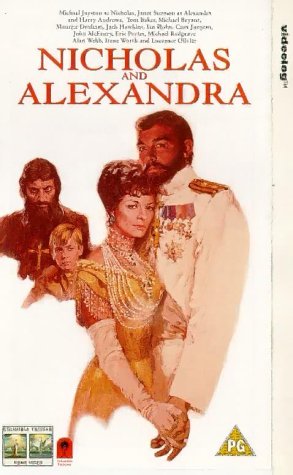Laurie Kelley
January 28, 2008


When I decided to write a book about inhibitors (which I am currently doing), I thought how cool it would be to actually visit with a family and see what their regular life is like. It’s hard to write about something when you don’t see it in action or live it. Now, I wouldn’t say that the Fatulas are a typical family with inhibitors: four boys, and three have hemophilia and inhibitors! And lucky me, I was able to visit with them in Western Pennsylvania this past weekend.
Some of you may know Kerry Fatula. She’s the executive director of the Western Penn Chapter (her aunt, Louise, is executive director of the Alaska chapter). She and I served on the Novo Nordisk Consumer Council for the past two years, where we became fast friends. Okay, we became friends after I made her watch a really terrible movie after one council meeting, and we either would be friends for life or never speak to one another again. So friends it was. Turns out we have lots more surprising things in common. Inhibitors, however, is not one of them.
I hung out with Kerry and her husband Chuck at NHF in November, and proposed the idea of a visit. They were so accommodating and welcomed me like family. I arrived Friday evening, Kerry picked me up at the airport, and we promptly went and ordered what seemed like 16 chili dogs at a drive through for the family. It was great seeing everyone again. Paul, 18, headed out that evening to a sleepover so we didn’t get to chat much. Nathan, age 16, is a delightful conversationalist and budding guitarist. Stephen, 5, slept through the whole evening on the couch even though we were pretty loud. And Colin, age 8, just stole my heart (he’s the hemophilia-lite one).
On Saturday I must have interviewed Kerry for 5 straight hours. We covered everything you would want to know about inhibitors: how each boy was diagnosed with inhibitors; early problems; ITT; products used; relationship with the medical community; searching for info; having more children. Kerry is superwoman: all these children, trying to infuse each one daily for their ITT and get them to school. She painted a hysterical picture of herself sitting on each boy, every morning, poking them with a needle to get their factor, like an assembly line! Kerry confirmed what I am learning: each family with inhibitors is almost completely different from every other one. It’s hard to draw generalities. What I learned most is what amazing parents Kerry and Chuck are. Four lovely, healthy young men who are just regular boys and who will be wonderful men some day.
Back at their house Saturday afternoon, Nate let me interview him for a while. He missed so much public school due to bleeds, that he uses Cyber School now. Of the three boys with hemophilia, only Nate has not been tolerized. Kind of like saying he’s never been domesticated! His blood runs wild. He has a great attitude, and wants to make a career of music.
After the interviews, the youngest boys, Stephen and Colin, decorated me and Kerry with tattoos: a butterfly for Kerry; a psychedelic heart for me, right on my hand for all to see. Stephen chose a mushroom for his hand, and Colin chose a guitar for the back of his neck. Then Kerry and I stole away to see “There Will Be Blood,” the new movie that is getting rave reviews and Oscar nods for Best Picture. It also stars Daniel Day-Lewis. Kerry and I learned we were both huge DDL fans. Appropriate for two hemo moms to see a movie with such a title. And when you have inhibitors, there will be blood. It’s a whole different ball game than just having hemophilia. The movie was great, and my weekend even better. What a wonderful treat to spend a weekend with such a great family. We parted with many good byes and the nicest hug from little Stephen.
Great Book I Just Read: The Kokopelli Theory, by Kevin Correa. This medical thriller is a first-time novel by a local Georgetown resident. The author actually stopped by to give me a copy, but it’s the topic that had me read it: a medical student slowly uncovers a shocking theory about the spread of hepatitis C. From a stolen serum in California in the 1970s, to the Serengeti plains, to the highest reaches of the World Health Organization, the story keeps you guessing and doubting. Good read for a first time author! I think this would make for a great movie, too; it has all the right components for a great summer flick.





